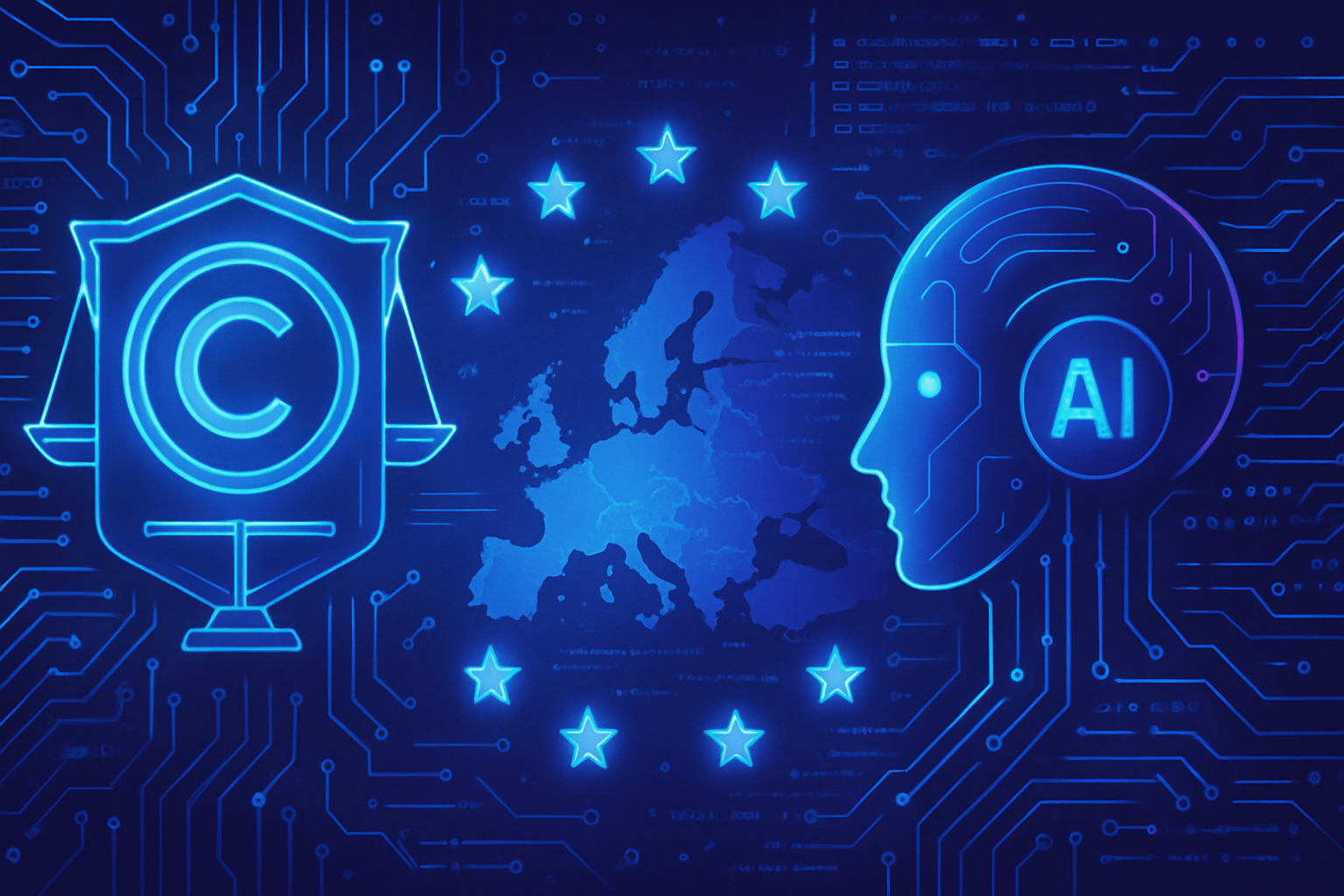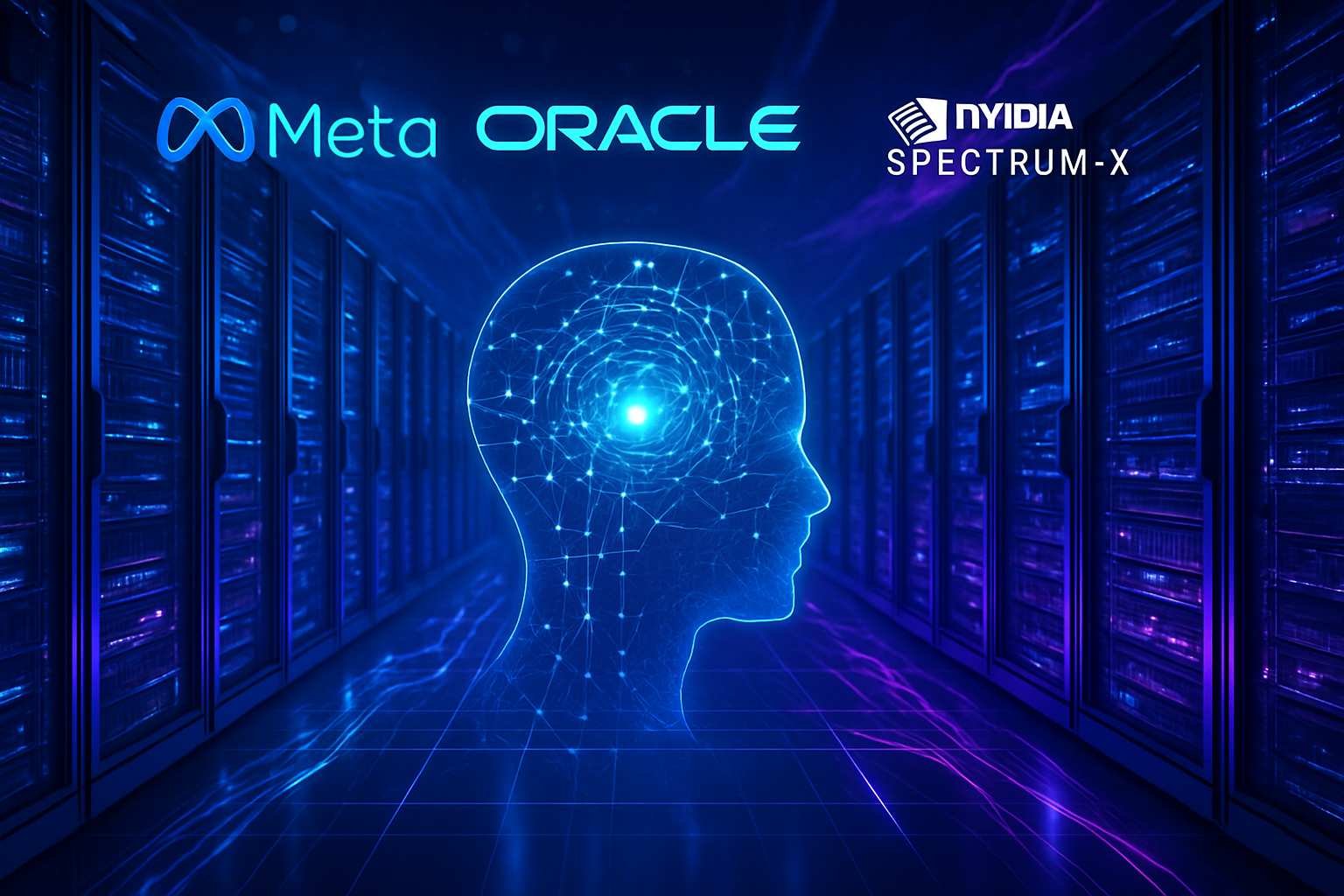The trade war initiated by Trump raises countless questions about the future of artificial intelligence in the United States. The exorbitant tariffs and economic uncertainty position the technology industry in a precarious situation. While enthusiasm for AI innovation remains, international tensions hinder its growth.
The investments required to develop cutting-edge technologies are becoming more expensive and risky. Companies, facing regulatory instability, hesitate to commit substantial resources to ambitious projects. This complex dynamic deserves particular attention to understand its profound implications for American competitiveness.
Economic Impact of Tariffs
The tariffs imposed during Donald Trump’s presidency represent a substantial threat to the development of artificial intelligence (AI) in the United States. Experts, such as those from SemiAnalysis, report that the resulting economic uncertainty could become a major obstacle to American supremacy in the field of AI.
Semiconductors and the Supply Chain
Semiconductors, essential for training AI models, initially remain exempt from tariffs. Nevertheless, repeated announcements regarding a potential reinstatement of these tariffs raise concerns. American companies, which have already shifted part of their production to Asia, could see their manufacturing costs soar.
Finished products, especially servers, will be impacted by these increased fees. This harmful situation affects both American companies such as Dell and Chinese giants like Lenovo or Huawei, whose manufacturing predominantly takes place in China.
Rising Production Costs
The costs associated with building data centers in the United States could rise by 5 to 10%. At a scale where projects require billions of dollars in investments, this increase becomes problematic. The manufacturing costs of wafers are also expected to rise by 15%, compromising American competitiveness compared to that of Taiwan.
Experts note that the rising costs could make semiconductors manufactured in the United States significantly more expensive than those produced in Taiwan, even after accounting for tariffs on the latter.
Economic Uncertainty and Investments in AI
The economic uncertainty created by chaotic tariff policies raises notable concerns within the American technology industry. The necessary investments, often astronomical, are only profitable in the medium to long term. This complexity requires stability and visibility in regulatory matters, which is currently lacking.
Companies such as Amazon and Microsoft have already frozen certain data center projects, an action reflecting increased caution. The tech giants, despite having substantial financial resources, remain exposed to fluctuations in tariff policies.
Geopolitical Repercussions and the Tech War
Geopolitical tensions between the United States and China further exacerbate the situation. Recent economic sanctions, such as the ban on Nvidia exporting chips to China, risk severely impacting the economic returns of American companies. The implications of these decisions extend far beyond national borders.
The tech war, intensified by restrictions on the export of advanced technologies, increases pressure on American companies to maintain their competitiveness internationally.
Future Prospects for AI in the United States
Expectations regarding future developments of AI in the United States largely depend on the administration’s ability to stabilize the economic climate. Several experts call for serious reflection on tariff policies and their implications for technological innovations. Without clear commitments, the maneuvering room for tech giants could shrink, compromising their ability to compete in the global market.
The strategic choices of the Trump administration continue to influence the future of the AI sector. The response to these challenges could redefine the United States’ position on the global chessboard of advanced technologies, with ramifications for the economy as a whole.
Frequently Asked Questions
What are the main consequences of Trump’s tariffs on the AI industry in the United States?
The tariffs imposed by Trump increase costs for American AI companies, particularly regarding imported components and final equipment, which could harm their competitiveness in the global market.
How might tariffs impact the cost of developing AI projects?
These tariffs could lead to an increase in manufacturing costs, particularly for servers and chips, making AI projects more expensive and potentially hindering innovation.
How does the economic uncertainty related to Trump’s tariff policy affect investments in AI?
Uncertainty creates an unstable environment for AI investments, deterring companies from engaging in large-scale projects that require significant capital.
What types of products in the AI industry might be affected by tariffs?
Computer servers, semiconductors, and various electronic components are likely to be affected by tariffs, thereby increasing costs across the supply chain.
Are American companies able to bear the additional costs associated with tariffs?
While some large tech companies have the liquidity to absorb these costs, it could nonetheless reduce their profitability and slow down future investments in AI.
How are AI giants reacting to changes in tariff policies?
In the face of these uncertainties, several tech giants, such as Amazon and Microsoft, are beginning to delay or freeze certain strategic projects, which could slow technological progress in this field.
Do trade tensions between the United States and China have a direct impact on American AI companies?
Yes, these tensions can reduce access to essential technologies and components, leading to production delays and increased costs for American AI companies that rely on the Asian supply chain.
What are the forecasts for the evolution of the AI industry in the United States in light of these challenges?
The forecasts remain concerning, as the combination of rising costs and political uncertainties could hinder expansion and innovations in the AI sector in the United States.
What are the alternatives to semiconductors produced in Asia for American companies?
American companies are considering relocating some of their manufacturing processes, including to Mexico or Vietnam, but these transitions take time and may not immediately meet demand.






